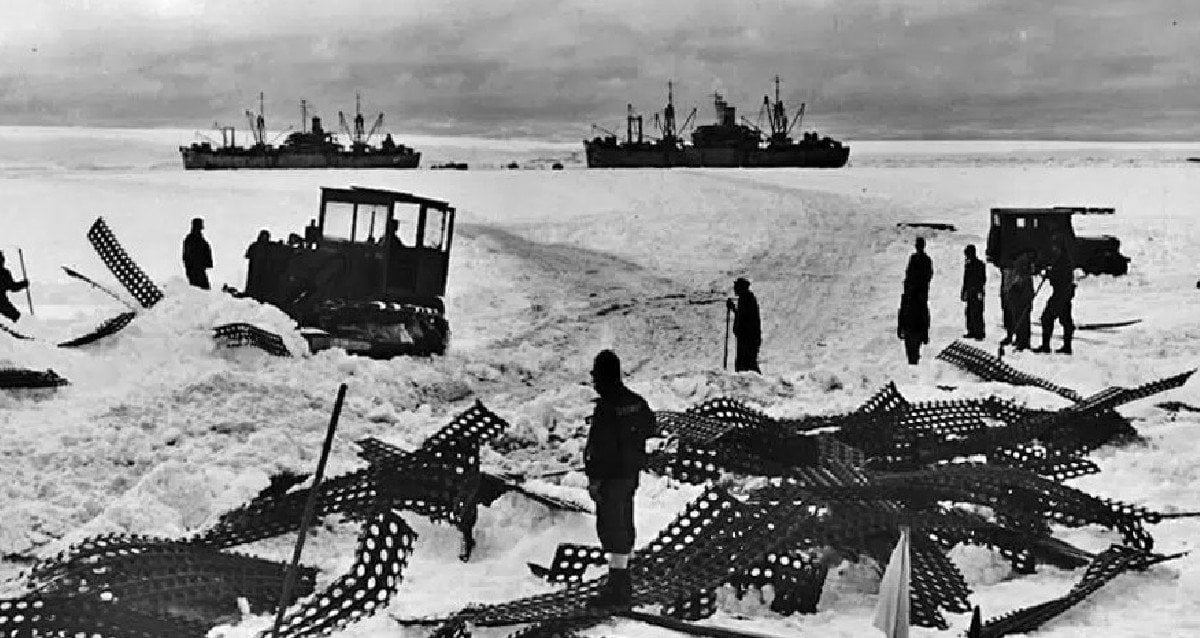Operation Highjump: What Did They Discover in Antarctica?
Why is one of the largest U.S. military expeditions in history still surrounded by silence?

Introduction
In 1946, the United States launched Operation Highjump—an unprecedented naval mission to Antarctica involving over 4,700 men, 13 ships, and 33 aircraft. Officially labeled a "research expedition," the scale and secrecy behind the operation have long sparked speculation. But what if the true mission had nothing to do with weather or geology... and everything to do with what lies at the edge of our world?
The Official Story – and Its Gaps
Operation Highjump, led by Rear Admiral Richard E. Byrd, was said to be a training and research expedition. Yet the military scale of the operation—warships, aircraft carriers, and armed personnel—suggests a much deeper objective.
Even more puzzling: the mission was supposed to last 6 months but was abruptly halted after just 6–8 weeks. No clear reason was ever given.
What Did They Really Encounter?
Flat Earth researchers suggest that Operation Highjump wasn’t a scientific survey—it was a recon mission to explore the Antarctic Ice Wall, the supposed boundary of our flat Earth.
Witness reports and later interviews with Admiral Byrd hint at land "beyond the South Pole," rich in resources, larger than the United States. But how can there be land beyond the pole if Earth is a globe?
Unless… Antarctica isn’t a pole at all—but the outer ring encircling our world.
Why the Secrecy?
Soon after Operation Highjump, the Antarctic Treaty was signed in 1959, preventing any independent exploration by civilians. Why lock down an "empty wasteland"?
Flat Earth theorists argue it’s not about preserving wildlife—it’s about preserving a secret: that Antarctica marks the true boundary of Earth.
NASA was founded just one year later, in 1958. Coincidence?
Conclusion
Operation Highjump remains one of the most mysterious missions in military history. The official story doesn’t add up—but the Flat Earth model just might.
What was really found in Antarctica?
Why was the mission cut short?
And what lies beyond the ice?

 Admin
Admin 





